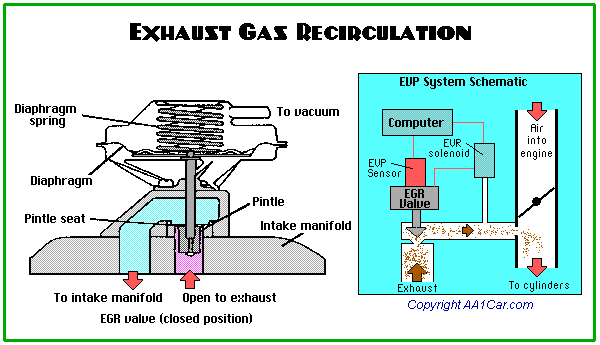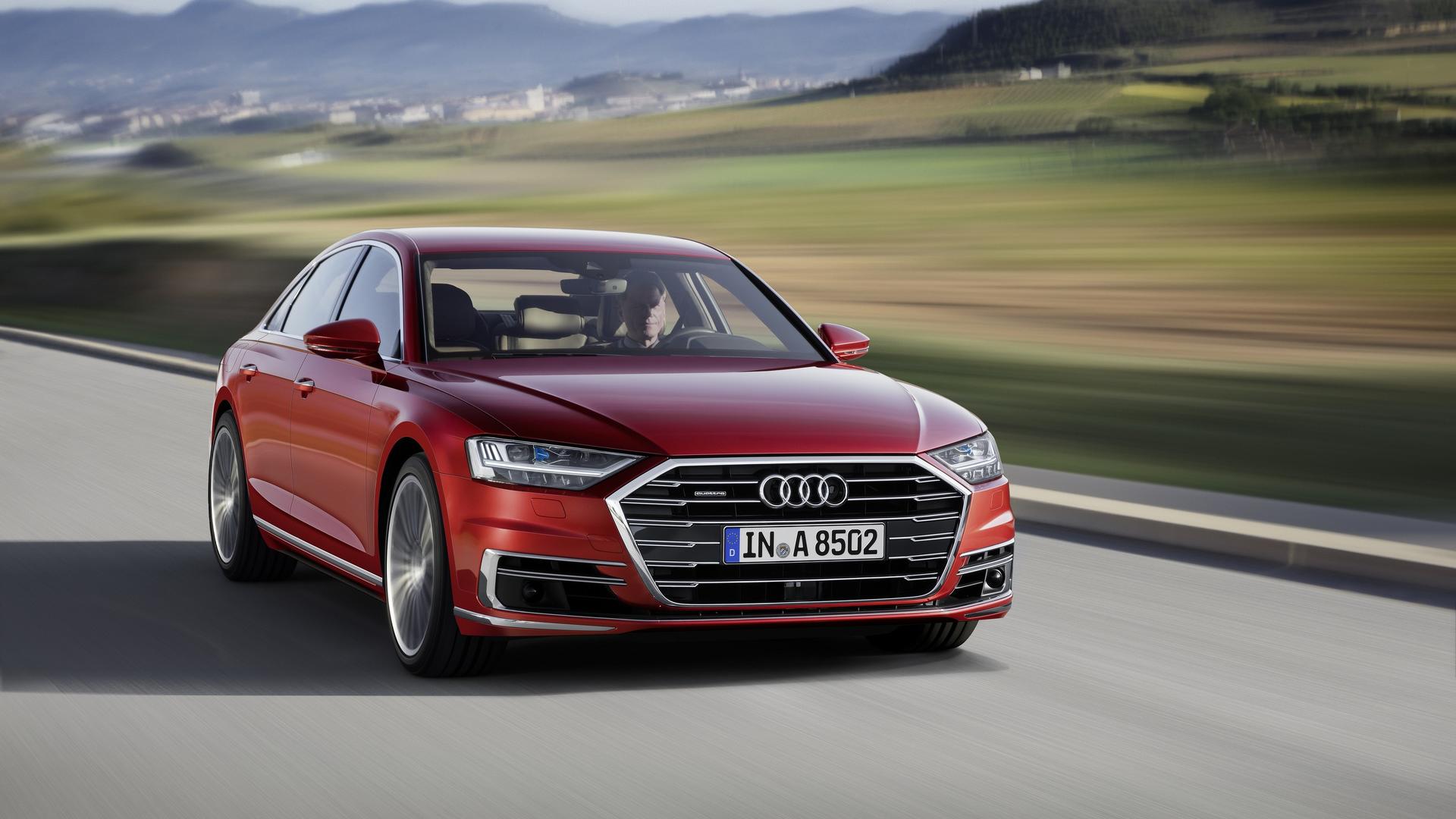How Car Horns Have Evolved

According to Reedman Toll in Langhorne, PA, you would be hard pressed to find any motoring vehicle that lacks one. In many cities you hear them blaring constantly. And, as you might already know, the relationship between cars and horns goes back many decades. It goes back to the beginning of self-propelled vehicles:
Where it Began
The United States is not where it started. Car horns go back to the 1800s in Britain where steam powered carriages were starting to be used. For pedestrians’ and animals’ safety, a law passed that said “…self-propelled vehicles on public roads must be preceded by a man on foot waving a red flag and blowing a horn.” Of course, it did not take much time to realize that a horn mounted on the vehicle was more efficient than somebody walking in front of the vehicle blowing a horn, which lasted for about ten years; it was easier for a person to operate a warning device themselves from inside their cars! Later, people responded with a variety of whistles, sirens, horns and chimes.
Evolvement in the United States
In the early 1900s, when cars appeared in America, the car-mounted horn became the attention-calling contraption on the road. A squeeze on a bulb and everyone around knew you and your vehicle were near. By 1910, however, some drivers wanted a more powerful warning device, one that they could hear at least an eighth of a mile ahead. The Sireno, for example, named after mythological creatures who got mariners to destruct, was advertised as a “one-mile signal”.
The Klaxon horn came around by the 1920s. A Klaxon horn, with its name taken from the Greek word klaxo, meaning “to shriek,” made its sound through an electrically-powered vibrating diaphragm. The “Aoogha” horns on the Model T and Model A Fords of the 1920’s and early 1930’s are arguably some of the best Klaxon horns. These horns were very effective at getting pedestrians and animals out of the way. Inventor Miller Rees Hutchinson was responsible for the Klaxon horn coming about.
Since last century’s forth decade, manufacturers have experimented with the sound chamber and basic Klaxon-type diaphragm to make sounds. The point generally is to create horns that are kind to an ear but can still be heard over the low frequency rumble of traffic noise. For example, up until the mid-1960s, many American car horns were tuned to musical notes of C or E-flat.
Nowadays, due to cars’ better soundproofing, they are more often tuned to notes F-sharp and A-sharp that are more penetrating. Car horn design has also entered the digital era with some car horns being just really powerful speakers that electronic circuitry drives But, along with such high-tech features, the old fashioned vibrating diaphragm horn still thrives, as it works well and is a great example of sticking with a technology that simply does the job well at the 110 decibels of sound it puts out. Just about every vehicle has one!






